A Japanese car will sell for $2 million, plus 4 more predictions for 2022
The past two years have been tough on folks who forecast for a living. Even if we’d predicted that a fast-mutating virus would infect hundreds of millions of people, we’d be hard pressed to foresee the ways it would impact everything from supply chains and government policy to personal spending habits.
Nevertheless, I’m here to stick my neck out once again and predict what 2022 has in store for the classic car market—and for those keeping score at home, I’ve also revisited my 2021 predictions.
Whereas predicting specific events can be a crapshoot, one doesn’t need a crystal ball to see the broader trends. In 2021 we saw explosive growth of online auctions, an ever-expanding definition of what counts as collectible, and the emergence of cryptocurrency as a way to pay for cars. Those trends will continue to act on the market in 2022 and beyond.
1. Sales at online auctions will double (again)
Online auctions have managed to pull off the seemingly impossible combination of both selling more cars and selling them for bigger money. At some point, supply should catch up with demand, at which time prices should level off. That’s what happened to in-person auctions after the boom of 2014–15; more cars were packed into the tents each year until circa 2018/2019, when the quality of consignments slipped and buyers got picky.
That said, we don’t expect that to happen in 2022. To the contrary, we bet the online platforms will continue to offer more cars while also attracting an ever-bigger audience. Based on existing growth trends in volume and price, online auctions should sell over $2 billion worth of vehicles in 2022.
2. SUVs and analog supercars will continue to appreciate, but older American and British cars will tread water

More vehicles gained value in the latest update of the Hagerty Price Guide—56.2 percent—than at any point since 2014. Expect appreciation to persist in 2022 but be more narrow in scope. That means higher—maybe much higher—prices paid for analog supercars, vintage trucks, and SUVs, but stagnating values for both production American cars from the 1950s (excluding Tri-Five Chevys) and budget British sports cars from the same period.
3. We'll see the return of eight-figure classics
Conspicuously absent in the recent market surge have been the eight-figure classics that appeared at premier auctions quite regularly in the middle of the last decade. Only two cars sold for more than $10 million in 2021. Even before the pandemic, the ultra-rich had become less inclined to bring their most valuable cars to auction and risk an embarrassing no-sale (think: Pebble Beach, 2019). That continued in 2021, with the growth coming mostly from newer, relatively attainable classics. But we suspect the broader appreciation in the market will draw more of these back to live auctions in 2022. That said, most eight-figure transactions will continue to be conducted privately.
4. A Japanese car will sell for more than $2 million
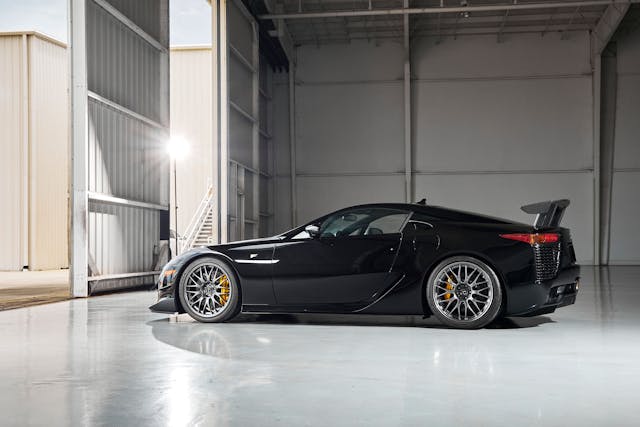
It could be a 007-worthy Toyota 2000GT convertible, or a winning Mazda (or Toyota) Le Mans prototype. Or, a Nissan Skyline R34 GTR NISMO Z-Tune and Lexus LFA Nürburgring might also break this threshold.
More broadly, we expect the momentum in the market for Japanese classics of all prices to continue building. Surely, values for a few of these cars will cool, as that's bound to happen in a fast-expanding, immature market. But longterm demographic trends all but assure that an ever broader swathe of Japanese enthusiast cars from Miatas on up will only increase in value.
5. Project cars will stay shelved
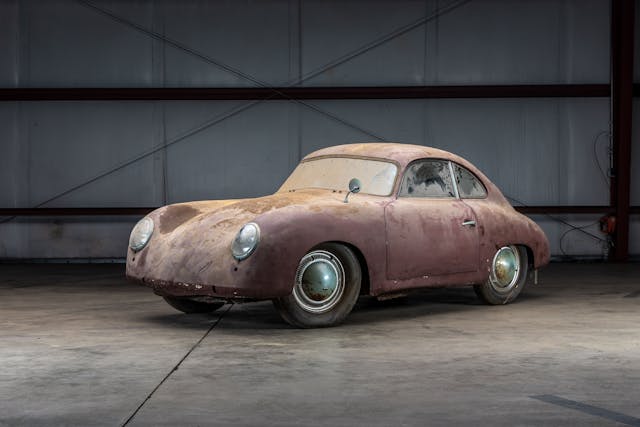
As much as we love a great barn find, the "ran-when-parked" segment of the classic car market has been declining for some time and will, we suspect, continue to do so. There are some generational trends at work; aging baby boomers may be less inclined to take on a restoration that will carry into their 80s, and many younger enthusiasts are after vehicles they can use and enjoy with their families. Meantime, the skilled craftspeople who can execute big restorations are themselves aging and leaving the industry faster than they're being replaced, and shops are facing the same labor and parts shortages as everyone else. This slows down projects and drives up costs, but the biggest factor is simple math. It's rather tricky to bring a rough car back to life without winding up financially underwater. As such, cars with minimal needs will continue to be the most sought after.
If that sounds depressing to you, take solace in the fact that my predictions don't always come true.
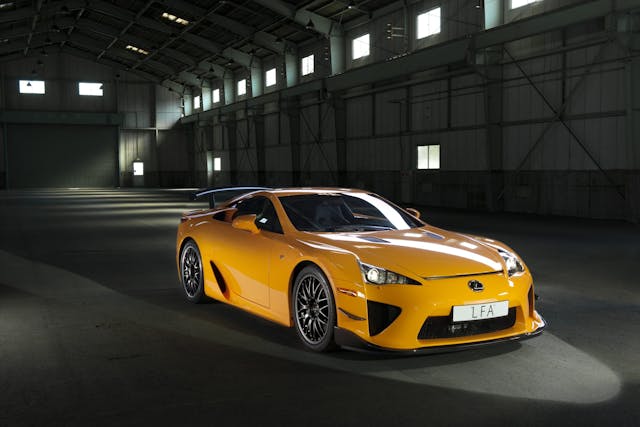
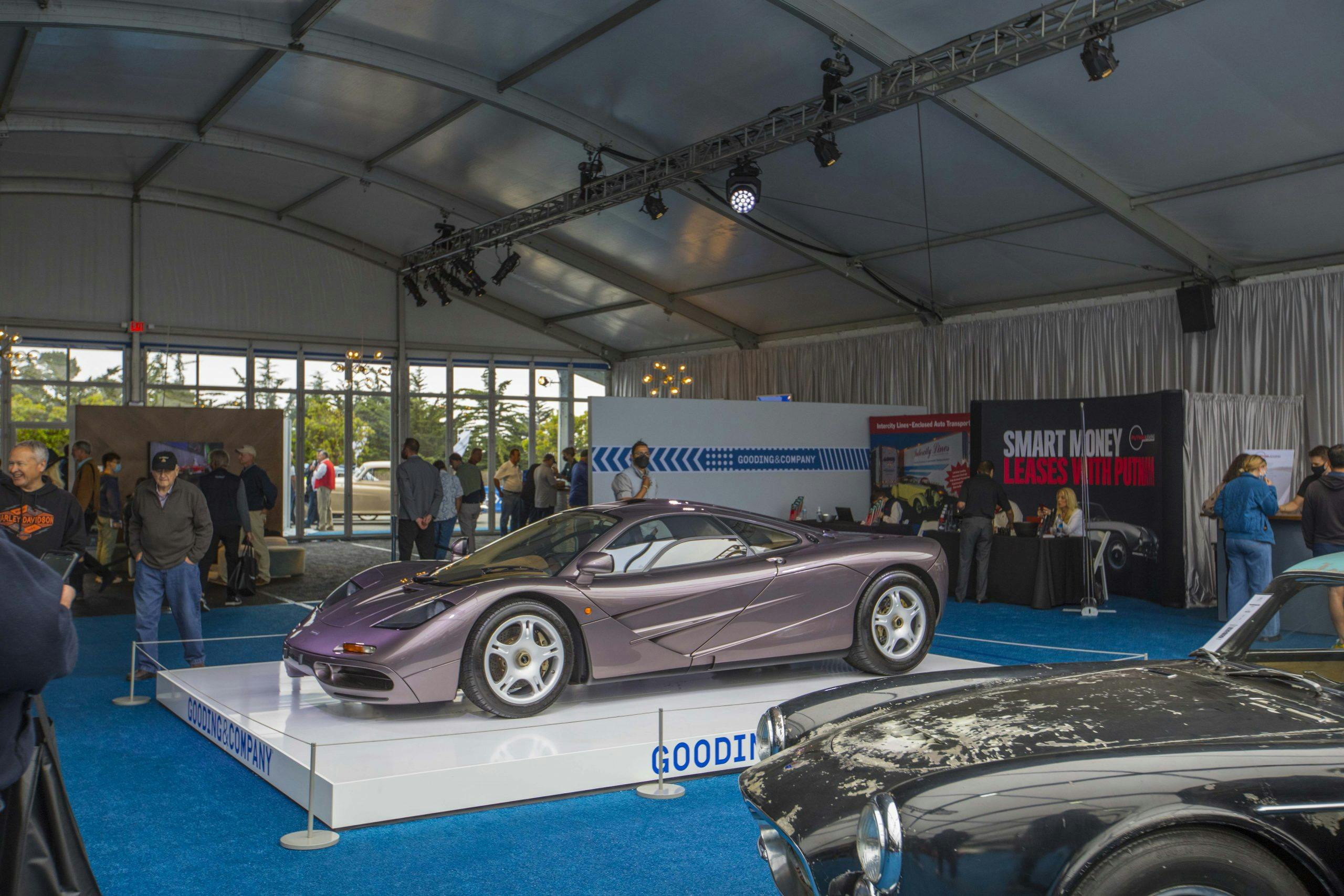

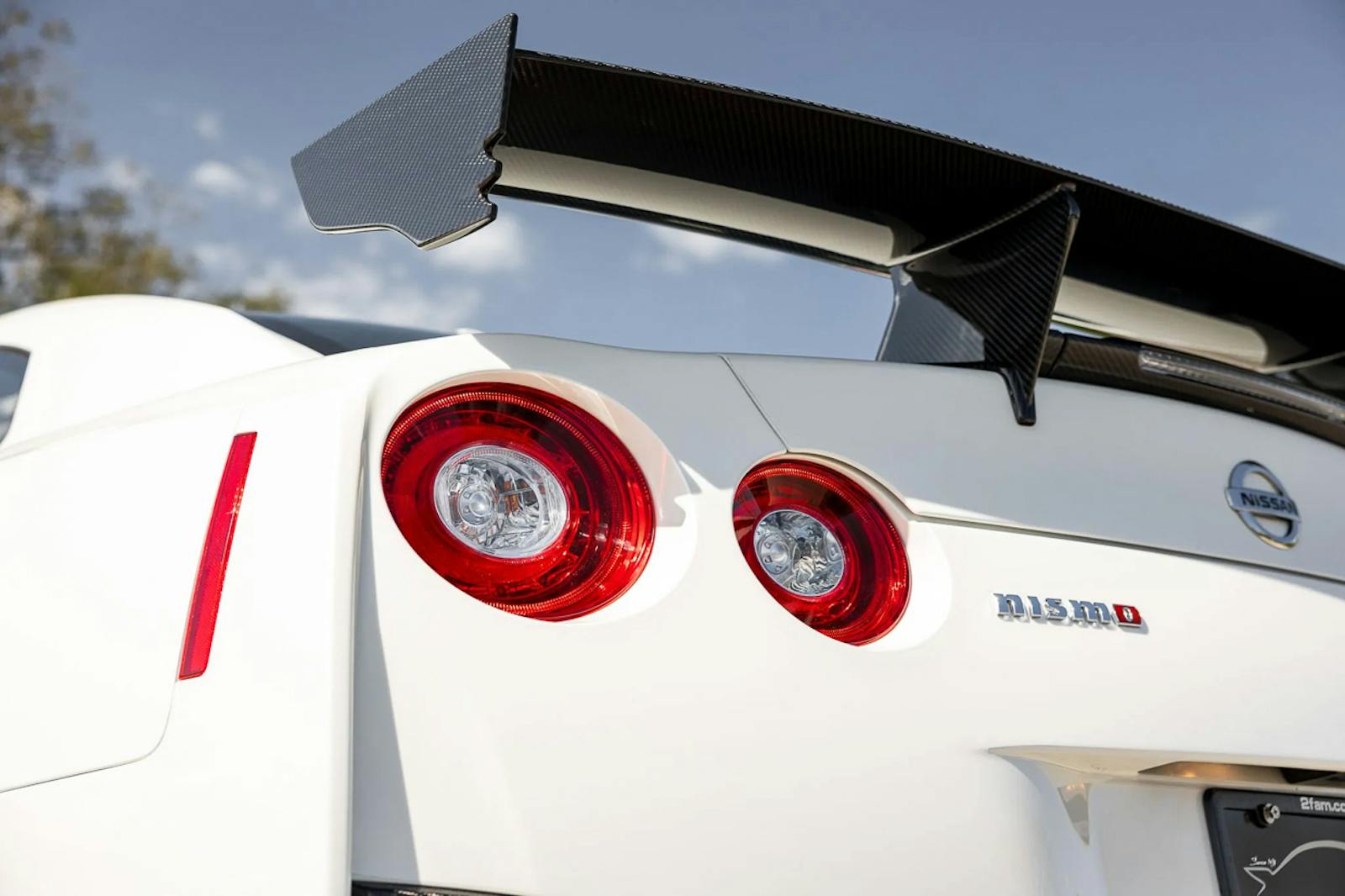
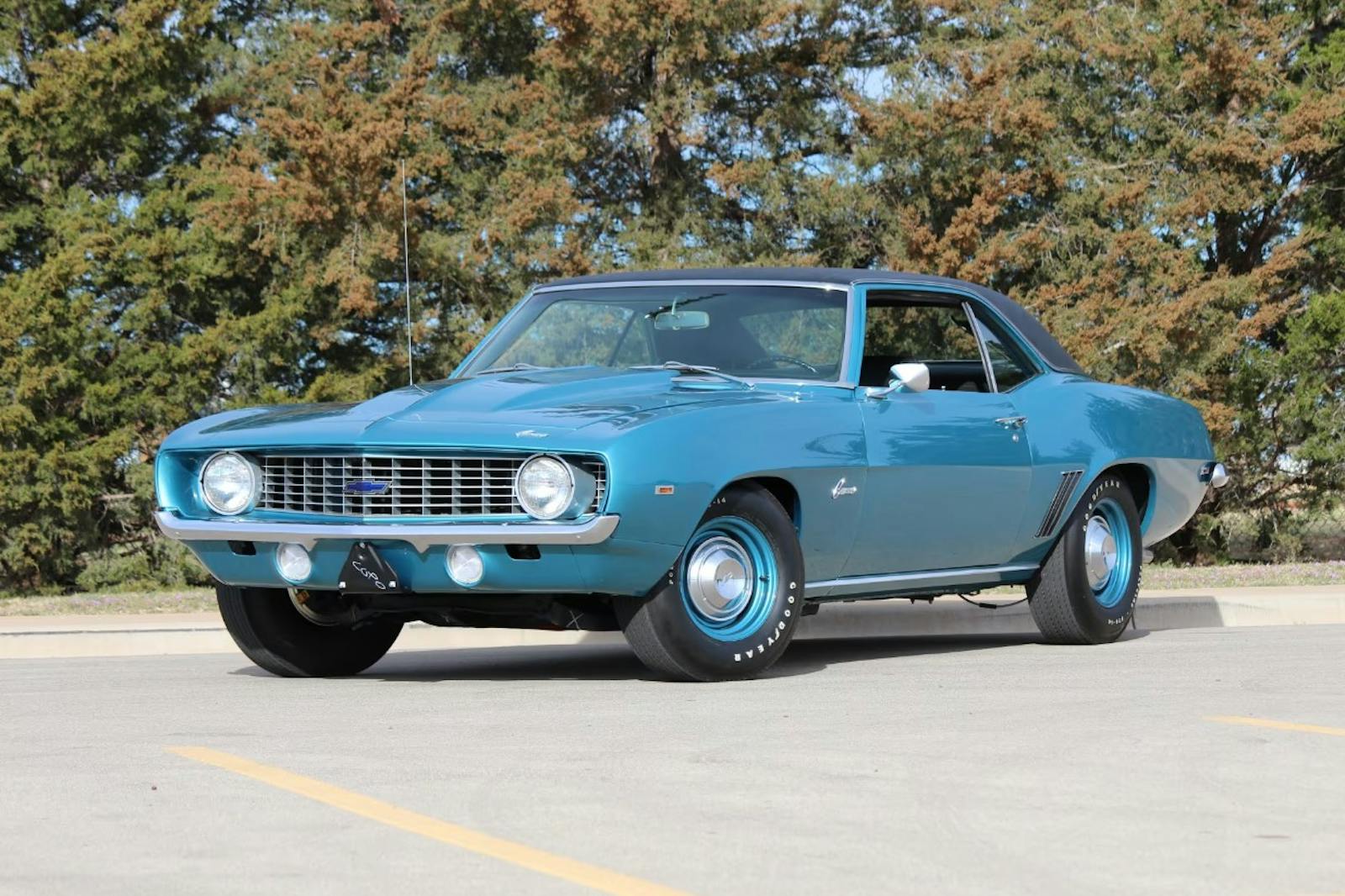
Should I buy a California garaged 1967 Mustang 289 that’s been fully updated top to bottom including a T5 trans, Edelbrock top kit, and 650 carb?
Thanks!